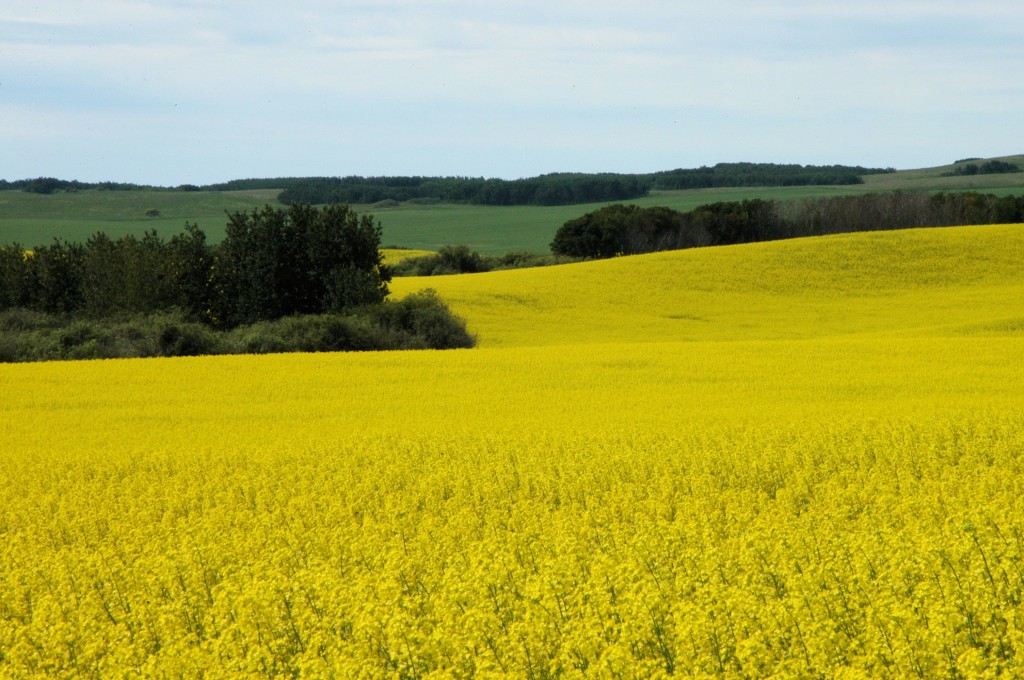With the flooding in southeast Saskatchewan, we thought it might be a good time to update readers on the latest crop report. The following is from the report for July 1 to 10, 2014
Province of Saskatchewan
Warm weather in much of the province has helped with crop development and haying. Livestock producers now have six per cent of the hay crop cut and one per cent baled or put into silage, according to Saskatchewan Agriculture’s weekly Crop Report.
Many producers on the east side of the province continue to deal with localized flooding and saturated fields. Although weather conditions have improved, many crops in these regions have been significantly affected by the excess moisture. Early estimates suggest that between two million to three million acres have been flooded and are unlikely to produce a crop.
Topsoil moisture conditions are improving for many areas. Across the province, topsoil moisture on cropland is rated as 34 per cent surplus, 64 per cent adequate and two per cent short. Hay land and pasture topsoil moisture is rated as 25 per cent surplus, 71 per cent adequate, three per cent short and one per cent very short.
The majority of fall cereals are in the shotblade to dough stages of crop development, while most spring cereals are in the tillering to shotblade stages. The majority of pulse crops are in the vegetative to flowering stages and flax crops are mostly in the seedling to flowering crop stages. Most canola and mustard crops are in the seedling to flowering stages of development.
Crop damage this week is attributed to excess moisture, localized flooding, hail, wind and insects such as the cabbage seedpod weevil. Root rots and leaf spot diseases have also caused some damage. There is adequate water available for livestock, and pasture conditions are rated as 27 per cent excellent, 62 per cent good, 10 per cent fair and one per cent poor.
Farmers are busy controlling pests and haying.
West Central Saskatchewan
Six per cent of the hay crop has been cut and less than one per cent has been baled or put into silage. Hay quality is rated as 89 per cent good and 11 per cent fair; yields are not expected to be as high as normal in many areas. Crop reporters rate pasture conditions as 44 per cent excellent, 49 per cent good and seven per cent fair. Livestock producers report having adequate water supplies for their animals.
Rainfall in the region ranged from small amounts to 35 mm in the Landis area. The Sonningdale area continues to lead the region in total rainfall, having received 287 mm of rain since April 1. Topsoil moisture on cropland is rated as five per cent surplus, 94 per cent adequate and one per cent short. Hay land and pasture topsoil moisture is rated as three per cent surplus, 90 per cent adequate and seven per cent short.
Localized flooding, wind, insects and diseases such as root rots are causing the majority of damage this week. Spraying continues and many producers are now spraying fungicides in some fields. A storm went through the area bringing baseball-sized hail and high winds. There are reports of several tornadoes touching down and damaging fields and yards.
Farmers are busy haying, controlling pests and hauling grain.

